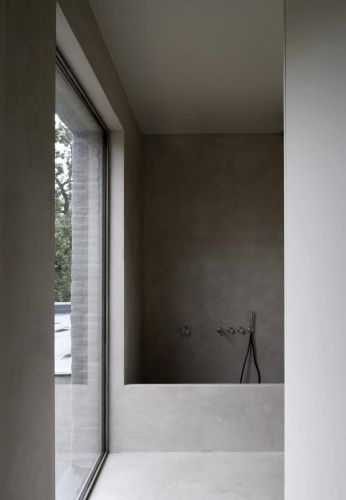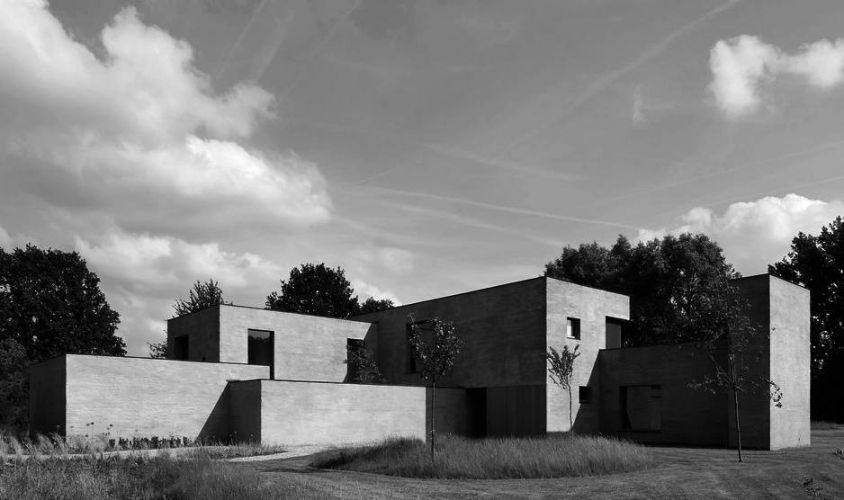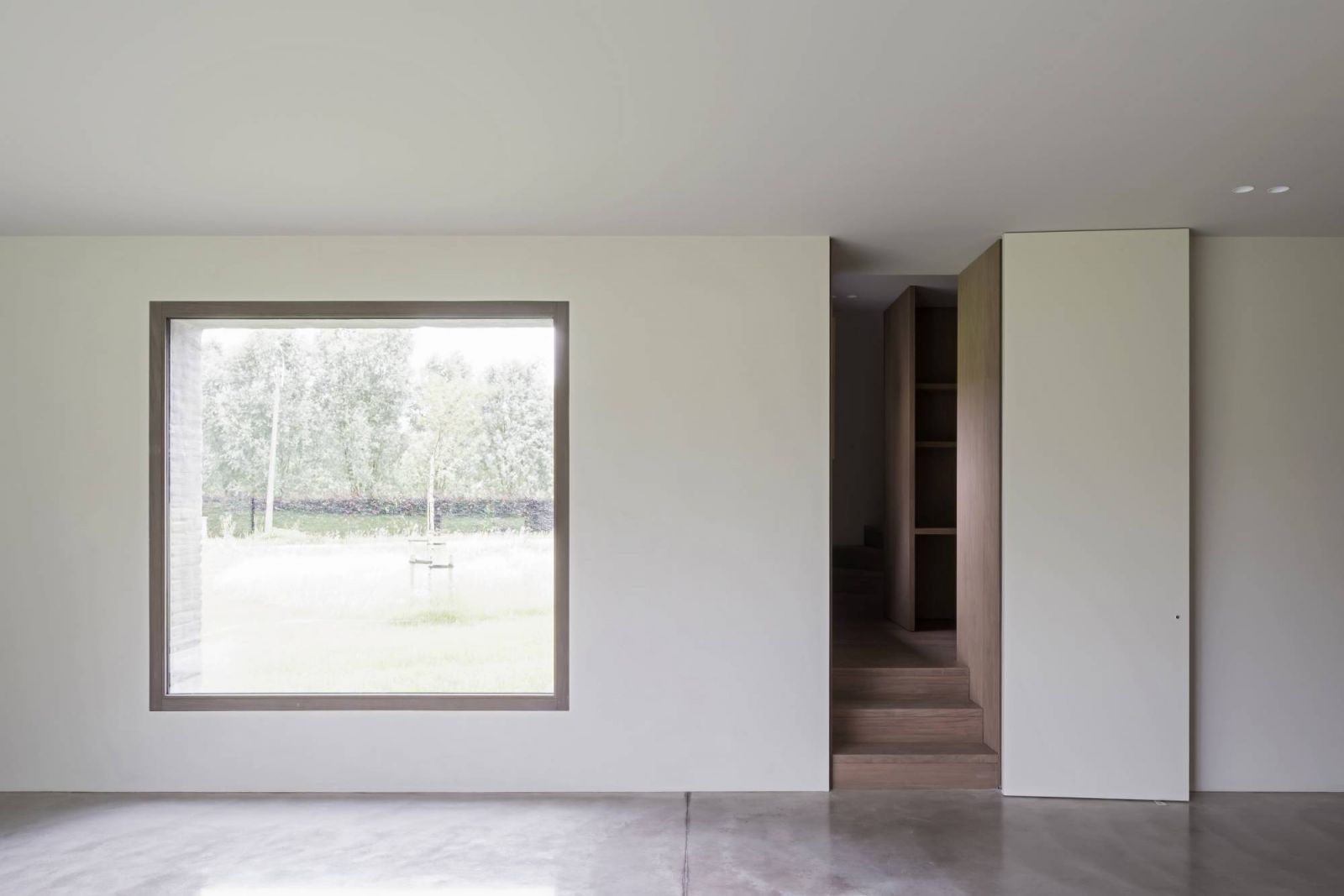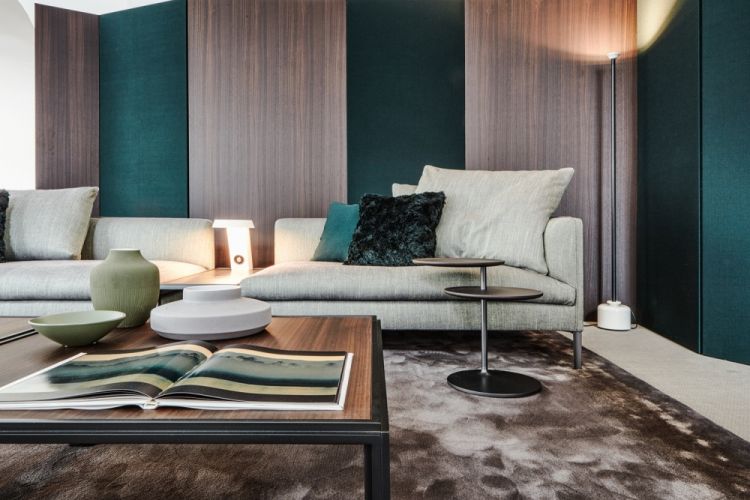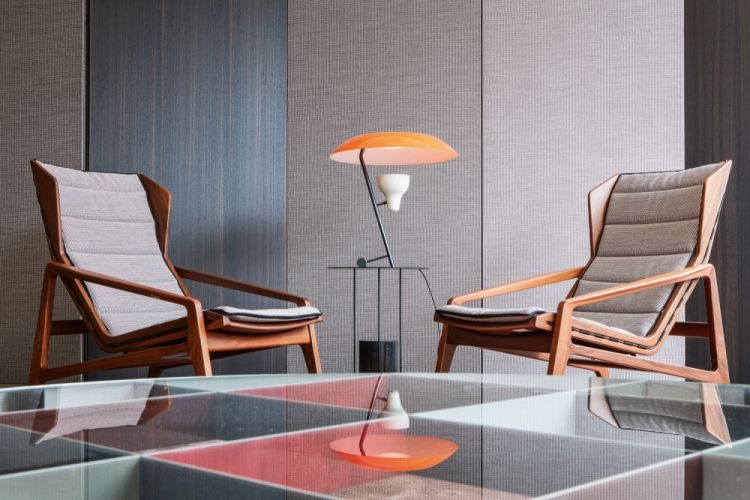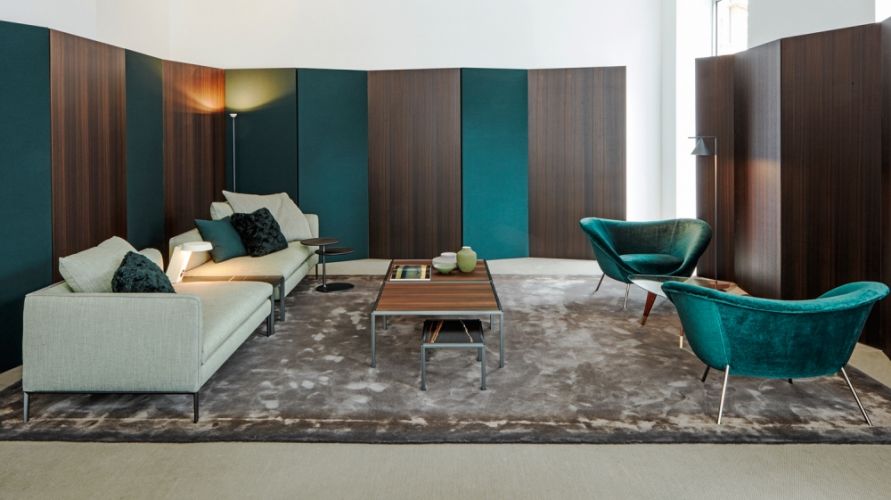affair
This love affair turned out to be a particularly happy one. It started 30 years ago and is still going strong. Under the influence of Memphis, my studies at Ghent were completely focused on ‘form’ and designing single objects of a decidedly strong nature. In retrospect, my own calm, contemplative approach to spaces and products is the complete opposite. But as a youngster I still had to invent and find my own signature. So Memphis drove me to Milan in the mid-1980s, where I started an internship at the studio of Aldo Cibic, one of the founding members of the Memphis Group (together with Ettore Sottsass, Mendini and others). It was during my stay that Cibic embarked on the concept for the ‘Standard Collection’, which was fundamentally contrary to everything Memphis stood for. We started composing families of furniture and accessories aimed at creating a sense of quality and harmony within the home. The approach was basically modular, compliant to the practice of those days. Yet the furniture described space in an architectural manner. And this appealed to me. The project served as a primer in the sense that it altered my design approach.
